How Going DIY Helps the Environment
How Going DIY Helps the Environment is a Guest Post Written by Andy Giardo.
Photo of a upcycled bowl made from cans by bee-cycle via Flickr
Saving on energy has deep roots closely tied to the burgeoning indie craft community. It may seem a crazy connection, but the ties between the two movements are closer than you might think.
Both movements are linked to conservation. Both DIY-ers and green community members care for the environment and ensure they haven’t squandered resources future generations will need. Members of the green movement embrace natural beauty in the world and work toward conserving that beauty as much as possible. The indie craft community, likewise, recognizes resources to use and reuse to create beauty around. DIYers reuse, recycle, upcycle, and re-create. They’re ingenious and careful, and they appreciate beauty in unusual places, seeing the potential, where others just see old materials. They don’t like creating waste, which ultimately makes for a more beautiful planet.
DIY Movement
HLN calls “The Maker Movement” one of the biggest trends of the past year, in response to the effects of the recession and people looking to save money while also creating one-of-a-kind goods. The roots of the DIY community come from pioneer women who made warm, practical quilts with what they had, not carefully coordinated fabric store finds. The desire to be surrounded by organic beauty naturally flowed throughout daily life. Decorating today’s home without harsh chemicals continues with wood staining techniques using nut husks, vegetables and herbs.
What’s available to DIY-ers now includes everything from crochet hooks and batting, to mobile apps and Internet resources. CraftGossip.com editor Rosie Bromberg uses the Internet to connect to like-minded crafters around the globe. Bromberg says through craft shows, bazaars and online activity, she sees a promising future for indie crafts.
Photo of a craft show by rpongsaj via Flickr
How Energy Consumption Ties In
Both the green movement and the DIY movement consist of creative people who look for unique solutions to problems others can’t see through. Energy savers — those who engineer solar hot water heaters for use in sunny climates, to those who spin and dye their own alpaca wool — use what they have for a bigger, practical, upcycled purpose.
While some may call the two groups subcultures, hold-outs from the 1970s who haven’t quite recovered from Woodstock, that’s rapidly changing. People are discovering a conservation-focused way of life is not a passing fad. Using resources wisely dates back to Biblical times, when women dyed clothing with indigo and pulp from the dogwood tree. Yasmin Chopin Interior Design named indigo as the decorating “color of 2013,” calling it a visual answer to hectic and chaotic lifestyles.
When it comes to conserving energy in your own home, there are many DIY methods to helping the earth while saving money. Deregulation of energy providers, as seen on electriccompanies.com, gives DIY-ers more choice when it comes to services. Do-it-yourself energy audits, in which homeowners can look for cords to unplug, air leaks to fix, and insulation to improve, can create satisfying, Earth-friendly home projects. You can even install your own solar panels, which will create lifelong energy savings. Just like most any object could be repurposed for a craft or new product, that same approach to energy savings is vital because of the unstability of nonrenewable resources.
Photo by OregonDOT via Flickr
About Andy Giardo
Andy writes about amateur woodworking, welding and other DIY projects.

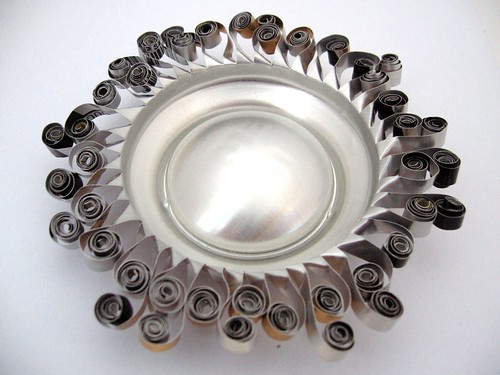
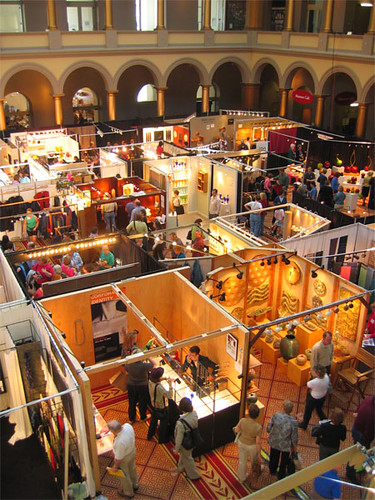
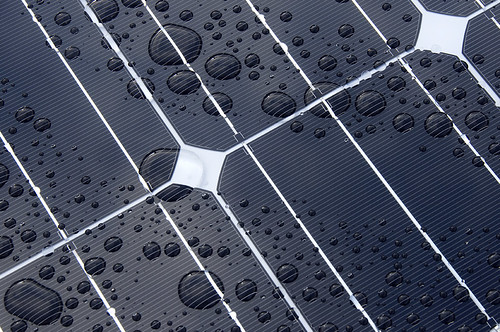

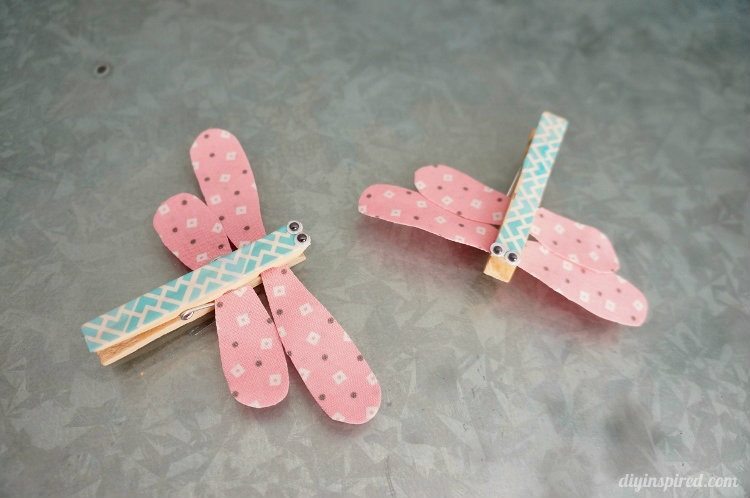

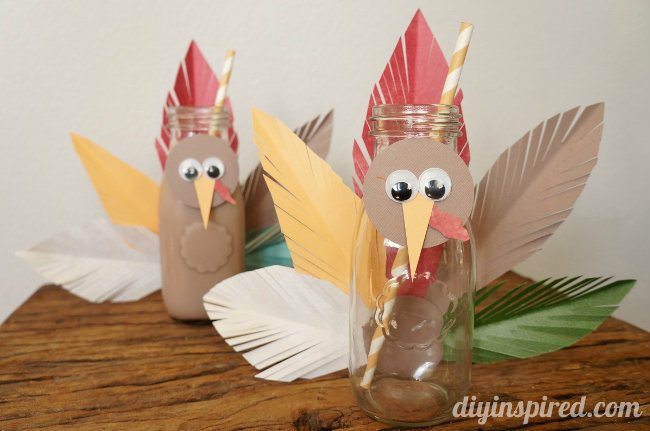
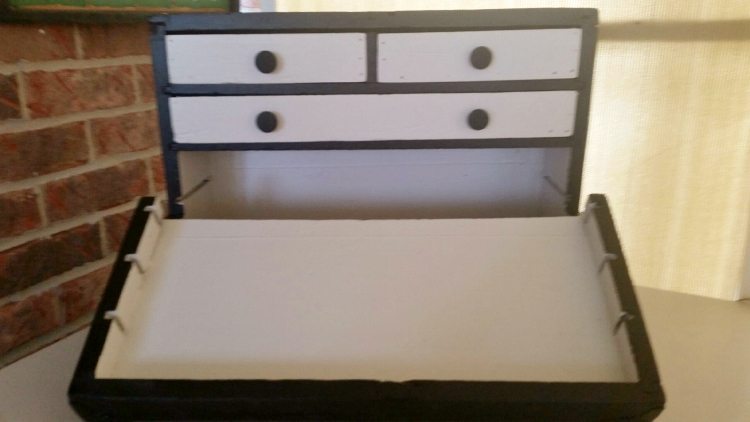
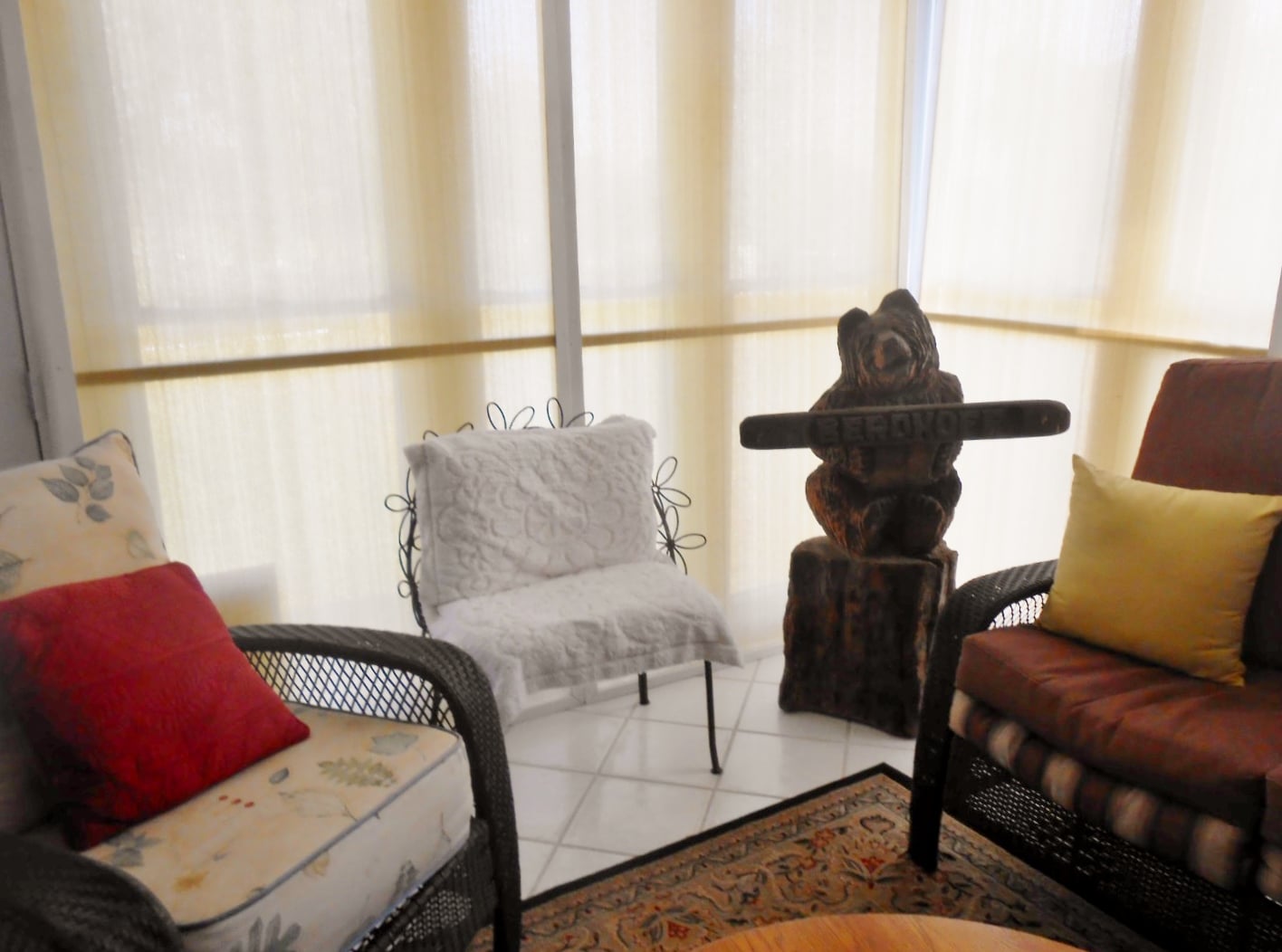
Adorei , gostaria que tivesse legenda em Português. Muito obrigada.